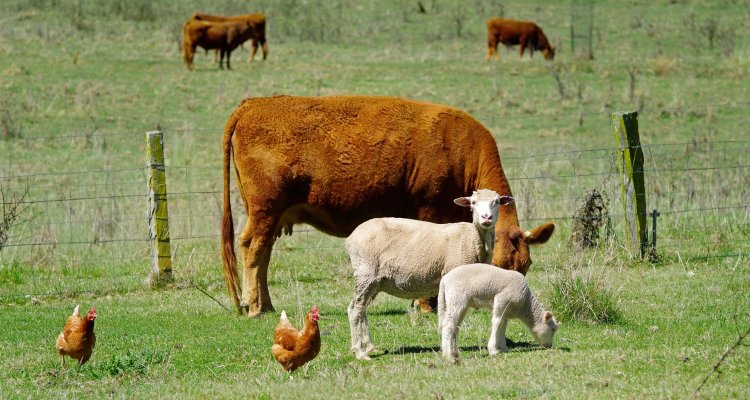
Project
Activity tracking in infectious disease trials
Infectious diseases, such as avian influenza or bovine respiratory disease, are significant health threats with a high impact on animal welfare. Wageningen University & Research conducts animal studies to, among others, investigate the pathogenesis of (infectious) diseases and test the effectiveness of vaccines under development.
In animal studies, changes in animal behaviour can be important (pre-)clinical symptoms and valuable for the interpretation of laboratory results. In current animal studies of Wageningen University & Research once or twice daily observations of short duration (ca. 15 minutes) take place.
However, non-invasive continuous monitoring of activity patterns would support the identification of early pre-clinical behavioural changes and could improve the understanding of disease pathogeneses and facilitate humane endpoint recognition. In addition, it would improve the clinical assessment required to evaluate intervention strategies, such as vaccines or antivirals.
In this project, researchers continuously track animals activity in a variety of animal studies. They explore various (sensor) systems and compare their (dis)advantages (Figure 1).
Progress 2021 & 2022
First, in 2021 the researchers used pixel differences from videos to measure group-level activity in cats and found that cats were equally active before and after infection with Covid-19. Measuring group-level activity with pixel differences is a relatively simple approach, but for infectious disease studies, information on individual behaviour is essential. One could also track individual animals with only video data, but this requires extensively trained models and remains very challenging over more extended periods.
As a second approach, they explored the use of ultra-wideband (UWB) sensors in sheep and pig studies in 2021-2022. This approach was found to give somewhat accurate individual data and was used to compare individual activity before and after infections with viruses (or controls). The UWB approach, however, also has various disadvantages, which became apparent during these studies. Disadvantages include the size/weight of the sensor (too large for small animal species), the rather tedious installation and calibration per experiment, and the lack of a way to validate/explain unexpected activity patterns (as compared to video).
As a third approach, the researchers investigated two systems: A) video with small QR codes attached to animals to identify them and B) accelerometers. The advantage of these systems is that they are lightweight and can be applied to smaller animals. A trial with QR codes was performed in the spring of 2022. This trial showed that the QR codes were only detected in 10 – 50% of the video frames. The main reason for issue was the high likelihood of the QR codes being obscured by dirt or feathers, making them difficult to read. The researchers expect that this can be solved by improving the system design.
Figure 1
Figure 1 shows a variety of systems for activity tracking that are studied in this project, namely:
- Pixel differences from videos to measure group-level activities of cats infected with Covid-19
- Ultra-wideband sensors to track individual activity in pigs and sheep (comparing vaccinated and non-vaccinated animals)
- Accelerometers and Aruco markers (small QR codes) on video to track activity in ducks with avian influenza
Progress 2023
In 2023, the researchers (further) investigated the use of the accelerometers and the QR system in two experiments with sheep and chickens. In the sheep study, the behaviour of three rams was analysed from five days before infection up to 21 days after infection with Toxoplasma gondii (the parasite that causes toxoplasmosis in humans). During the trial, the accelerometers clearly showed reduced activity in the period from 4 to 10 days after infection. During daily checks, this was only observed on day 5 and 6. In addition, the rams all drank less, which was observed through a camera above their water trough and the QR system. Their time at the water trough was halved. This significant difference was an eye-opener for the researchers. All things considered, the sensors offered a more complete and accurate image of the effect of this disease on the behaviour of the rams. As such, the results can eventually help reveal the consequences and origins of infectious diseases at an earlier stage.
In the chicken experiment, two different types of accelerometer were used: an old version (the one also used in the sheep experiment) and a new one. The advantage of the new sensor is that it can directly send data to the cloud. This allows for the real-time monitoring of the animals, which is essential if this setup is to be used as a warning system. The new system appears to work well, and the researchers are currently investigating ways to optimise the system and apply it to reduce animal hardship and refine animal experiments.